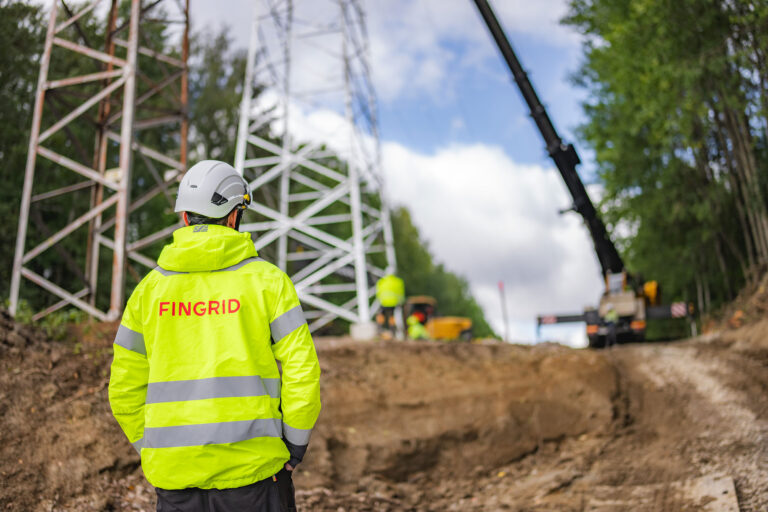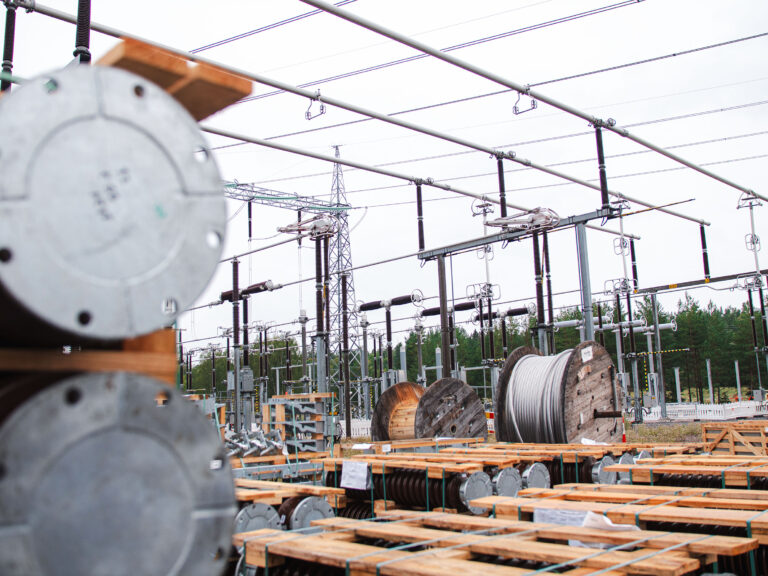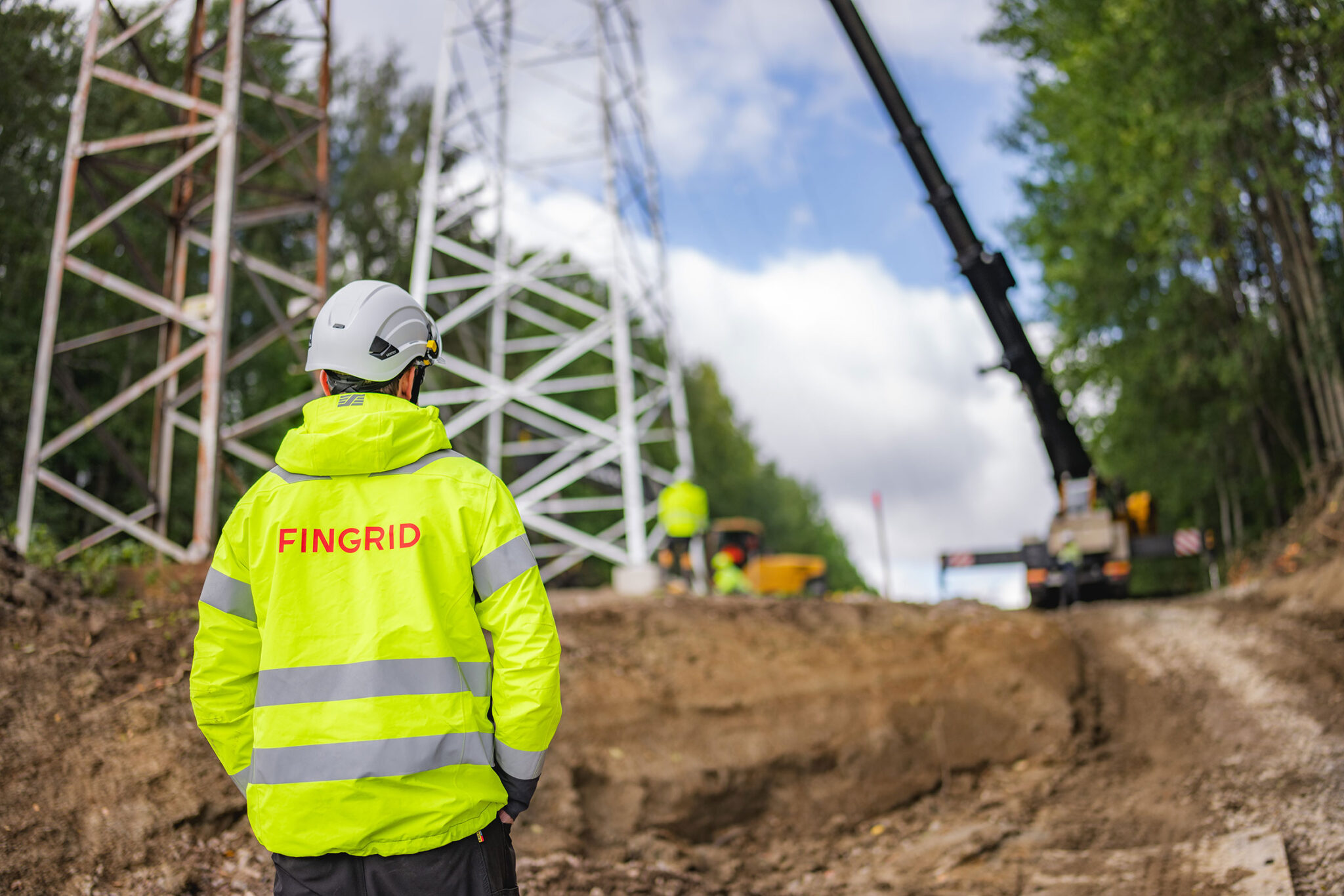Fingrid is taking into account in its grid planning that electricity consumption in Finland could rise to around 160 terawatt hours in 2035. This is twice the current annual amount.
The growth forecast is based mainly on the implementation of new projects in electricity-intensive industries such as data centres, hydrogen and e-fuel production, steel production and battery manufacturing.
Growth is, therefore, linked to Finland’s competitiveness. This trend is also being reinforced by the electrification of transport and district heating, among other things.
“The significant growth in electricity consumption will be enabled by our country’s ability to increase electricity production significantly and at competitive prices,” says Risto Kuusi, Senior Advisor at Fingrid.
Transmission investments and reducing losses
Now and in the future, most electricity is consumed in Southern Finland, while wind, nuclear and hydro power plants are mostly located in Western and Northern Finland. To meet the future need to transmit electricity from production sites to consumption centres, Fingrid is, among other things, doubling its electricity transmission capacity from the rest of Finland to Southern Finland.
Over the next 8 years, Fingrid plans to increase this capacity by more than 4,000 MW.
Alongside the construction of long transmission lines, Fingrid wants electricity consumption facilities to be located close to production. For example, it would be beneficial to locate future data centres close to wind power production.
“Proximity or even direct connection of production to consumption would increase electricity production and consumption without large transmission investments.”
“Proximity or even direct connection of production to consumption would increase electricity production and consumption without large transmission investments. At the same time, it would reduce transmission losses in the power system,” Kuusi says.
Ready and free network capacity would also speed up the connection of customers to the network.
Data centres are managed projects
Today, there are dozens of medium to large data centres in Finland. According to the connectionenquiries received by Fingrid, a hundred data centre projects are pending, many of which are planned to be much larger than the current ones.
Kuusi shrugs off fears of electricity shortages and high electricity prices caused by data centres.
“It is precisely the good availability and low price of clean electricity that attracts long-term oriented electricity-intensive industries to Finland.”
Kuusi says that if high electricity prices or shortages were to become a threat, investment would be diverted elsewhere.
“Because projects take years to complete and construction is often phased, they can be built into our electricity system in a gradual and orderly manner.”
Activity determines flexibility
Kuusi points out that data centres differ in more than just size.
“Data centres connected to information systems in banks and hospitals, for example, need to get the information they process to the people who need it as quickly as possible. That’s why the aim is to build them close to the end consumer.”
“In addition, such data centres need and consume electricity at a steady rate.”
In contrast, data centres that focus on training AI models, for example, can be more remote and have less uniform processing. They might sometimes be flexible in their consumption.
Reserve power for the electricity system
The role of data centres in the Finnish electricity system is further enhanced by their backup power plants and UPS systems.
In the first instance, these will safeguard the data centre in the event of a power cut – but there is the potential for more.
“Backup power could benefit the entire power system and not just the needs of the data centre,” Kuusi points out.
“If a lot of data centres were built in Finland, we would also gain adjustable power production capacity for flexibility. This is the kind of participation in the electricity system our country needs.”
Data centres are already able to offer their waste heat for use in urban district heating.







